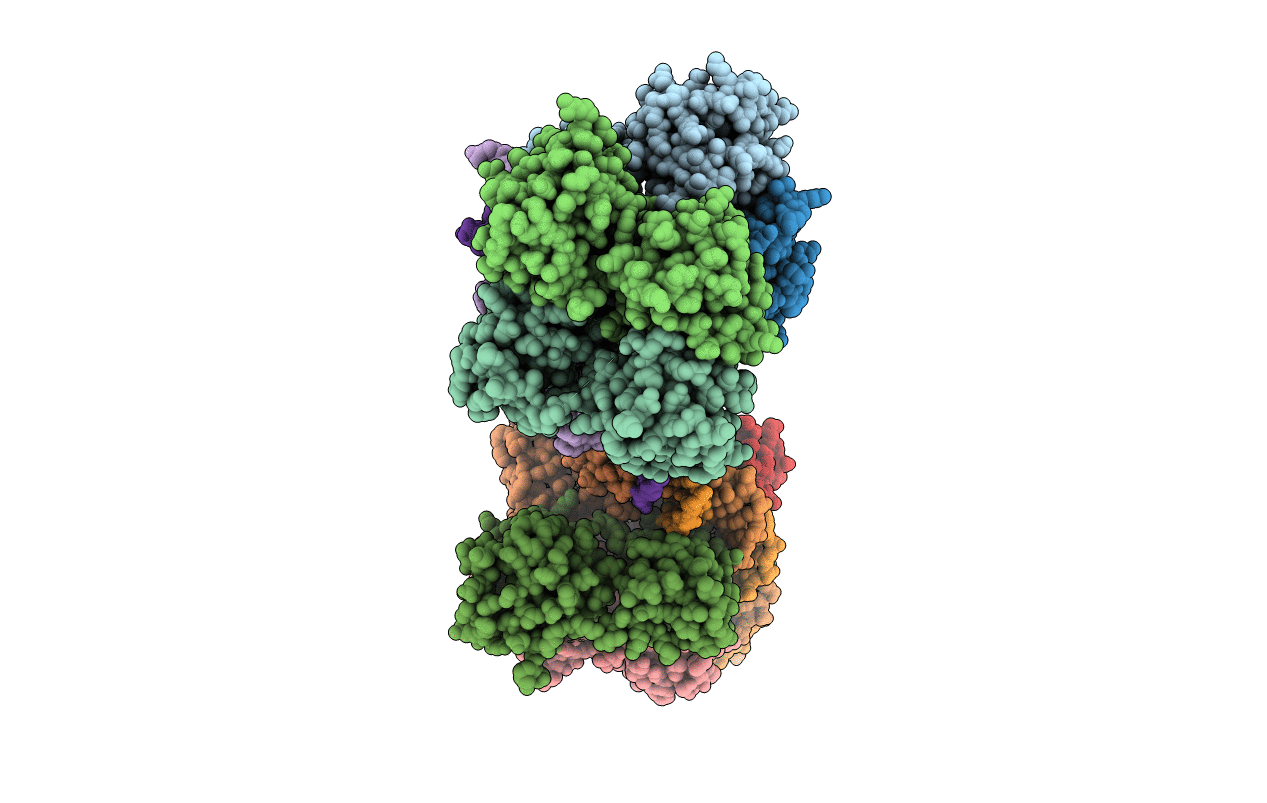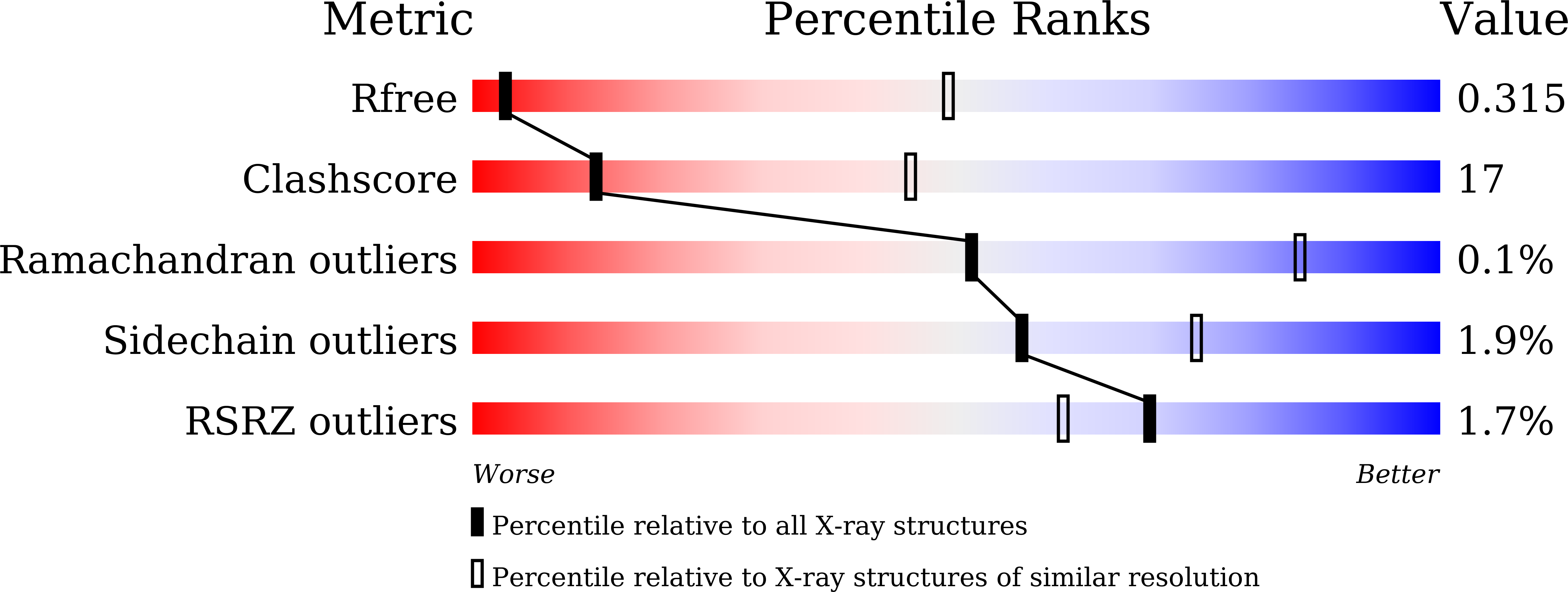
Deposition Date
2021-02-01
Release Date
2022-02-09
Last Version Date
2024-05-29
Entry Detail
Biological Source:
Source Organism:
Vibrio parahaemolyticus (Taxon ID: 670)
Host Organism:
Method Details:
Experimental Method:
Resolution:
4.59 Å
R-Value Free:
0.32
R-Value Work:
0.26
R-Value Observed:
0.27
Space Group:
C 1 2 1


